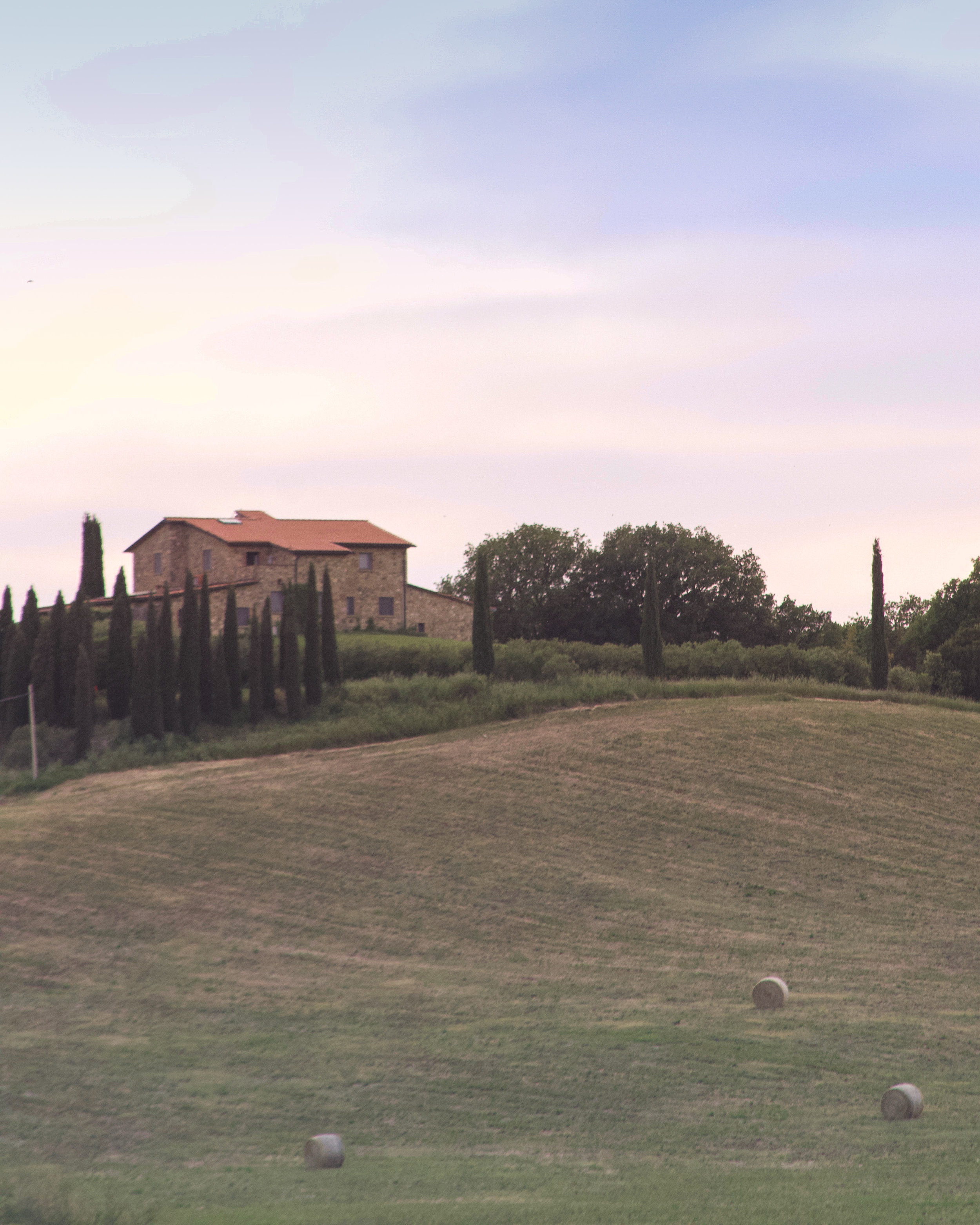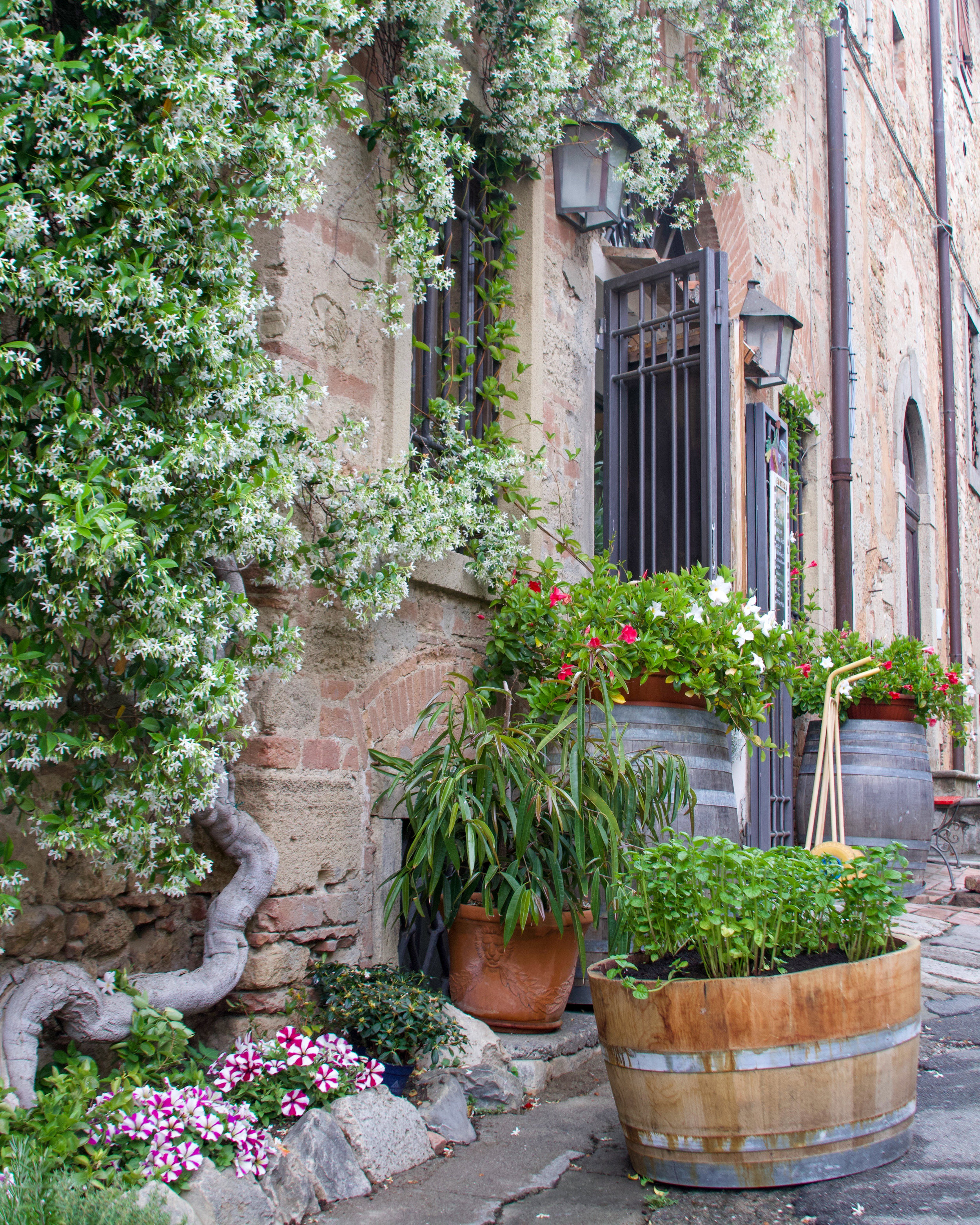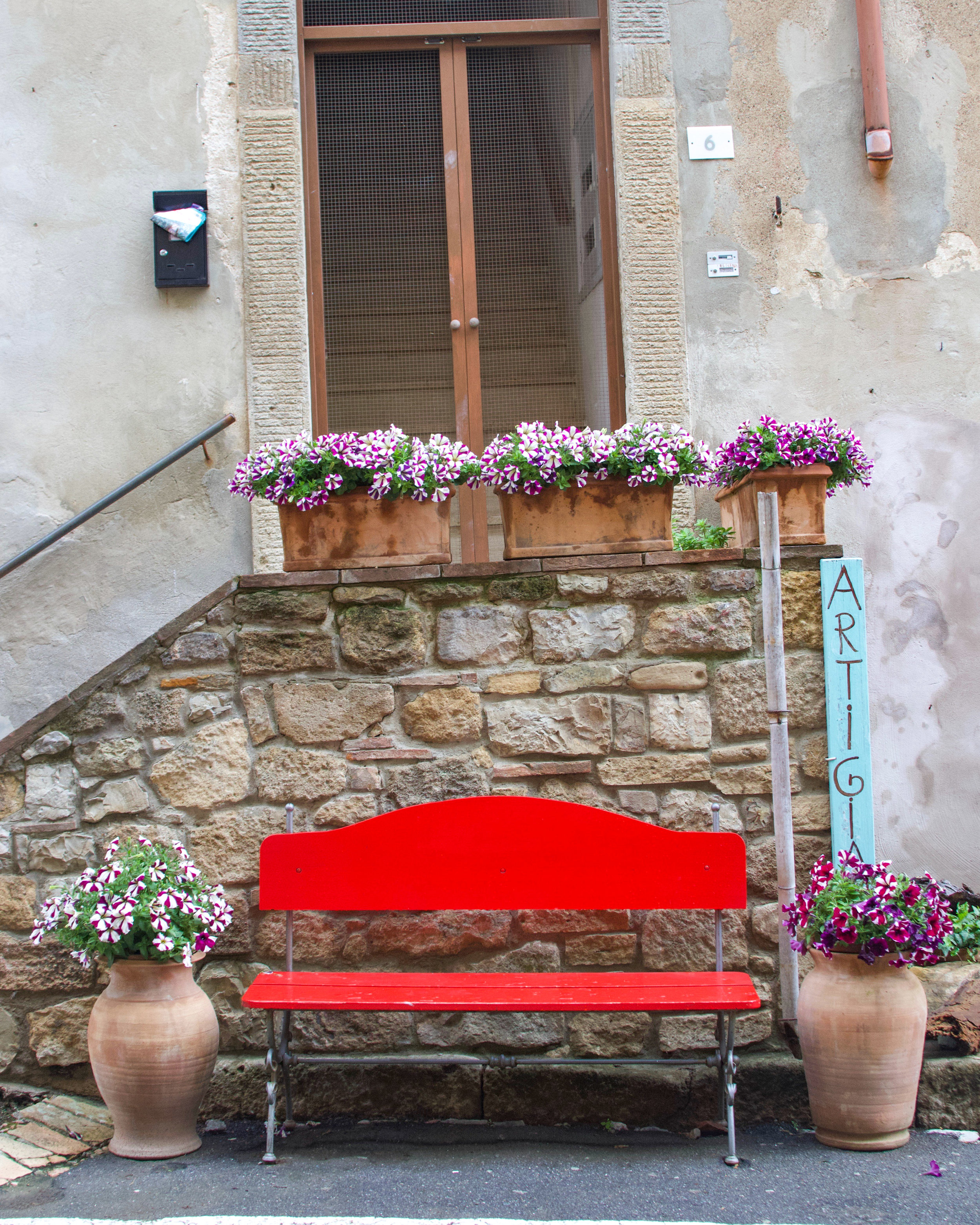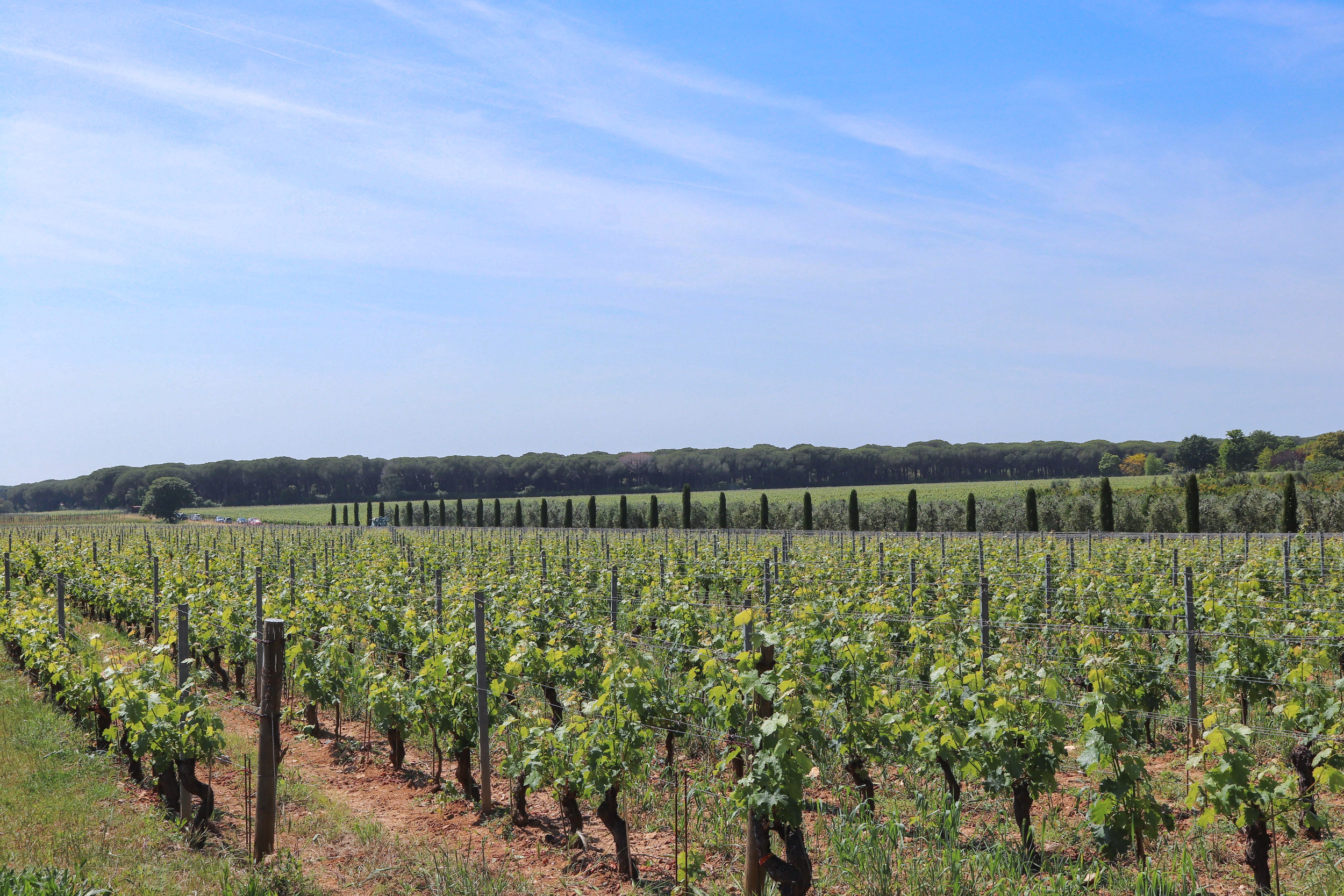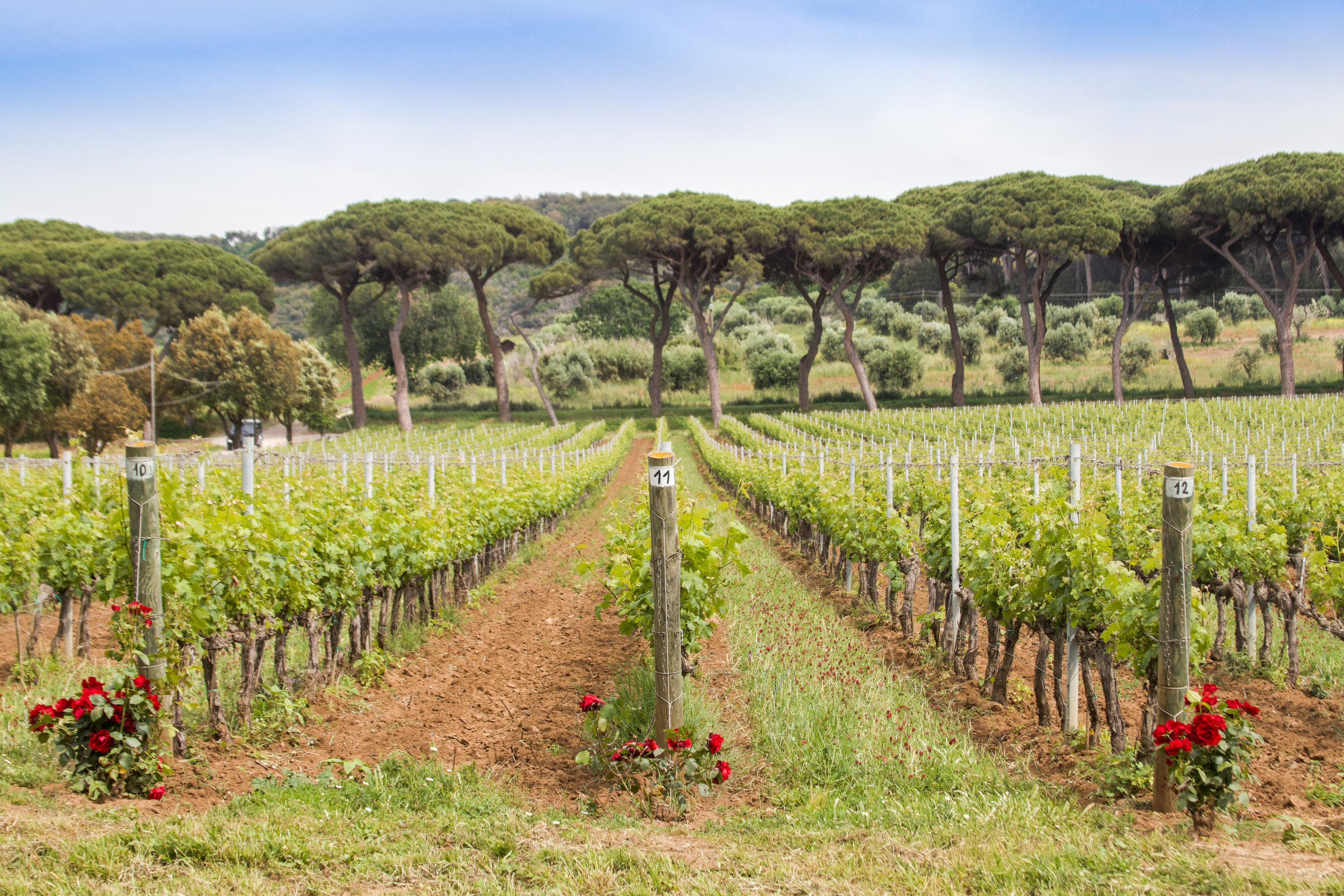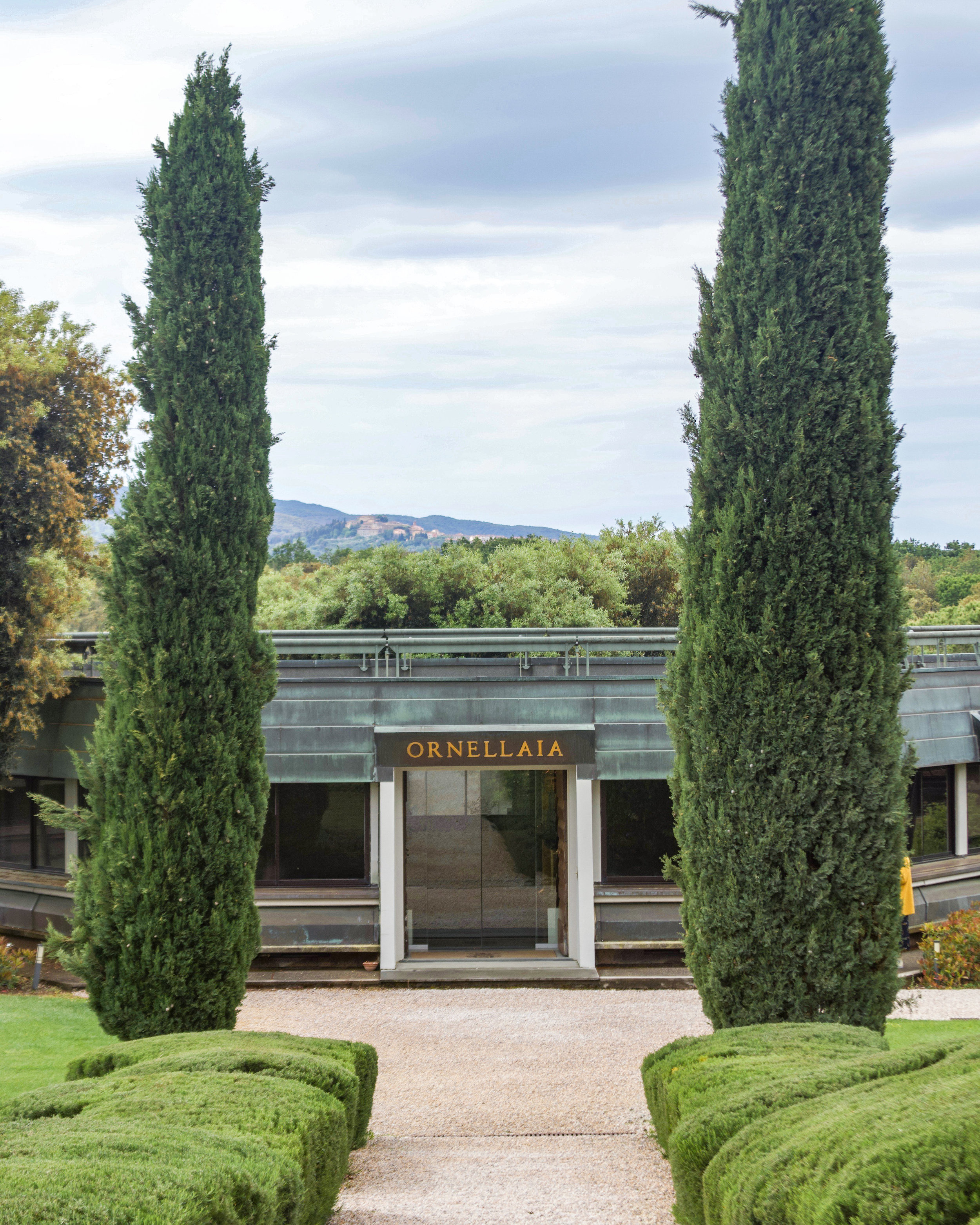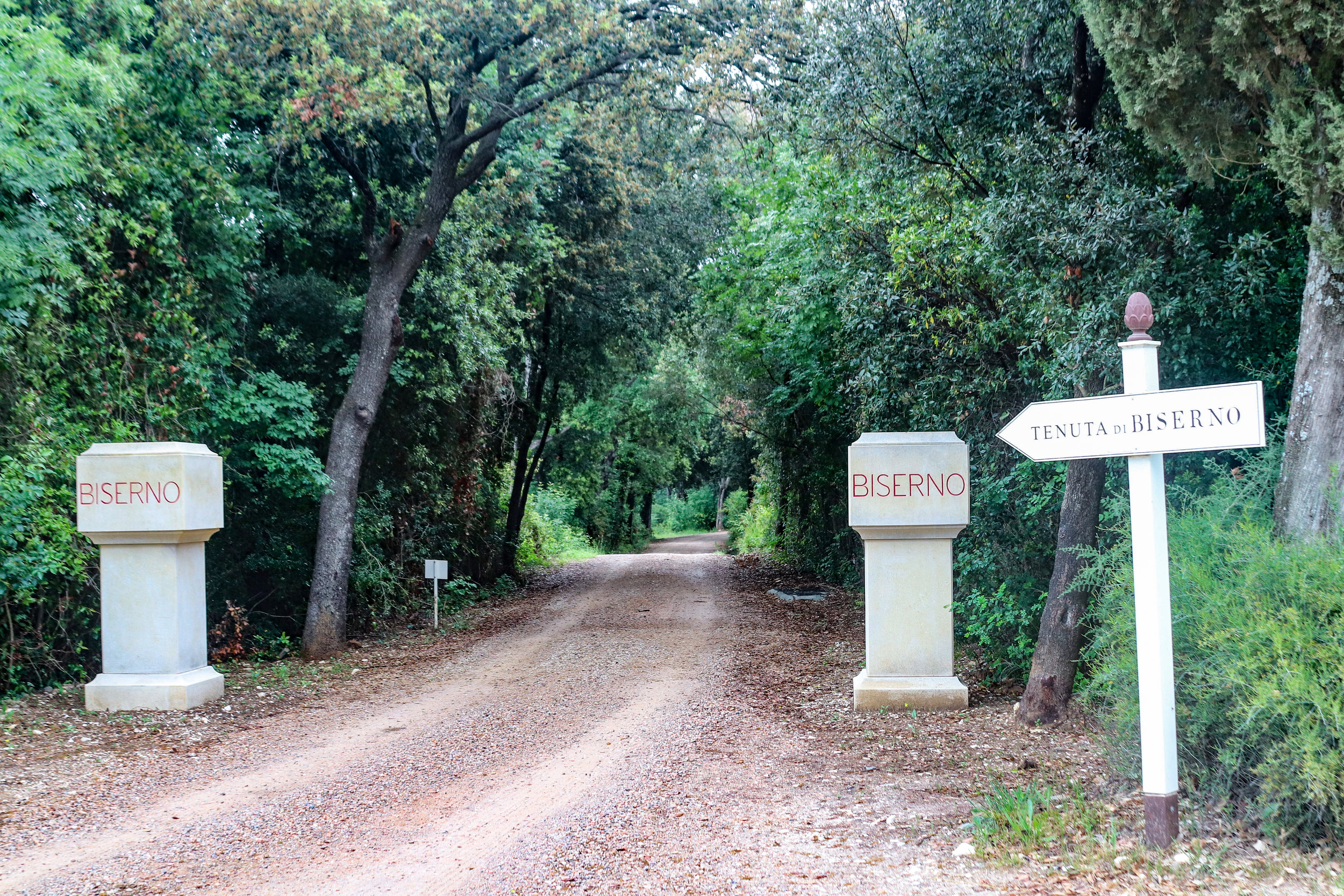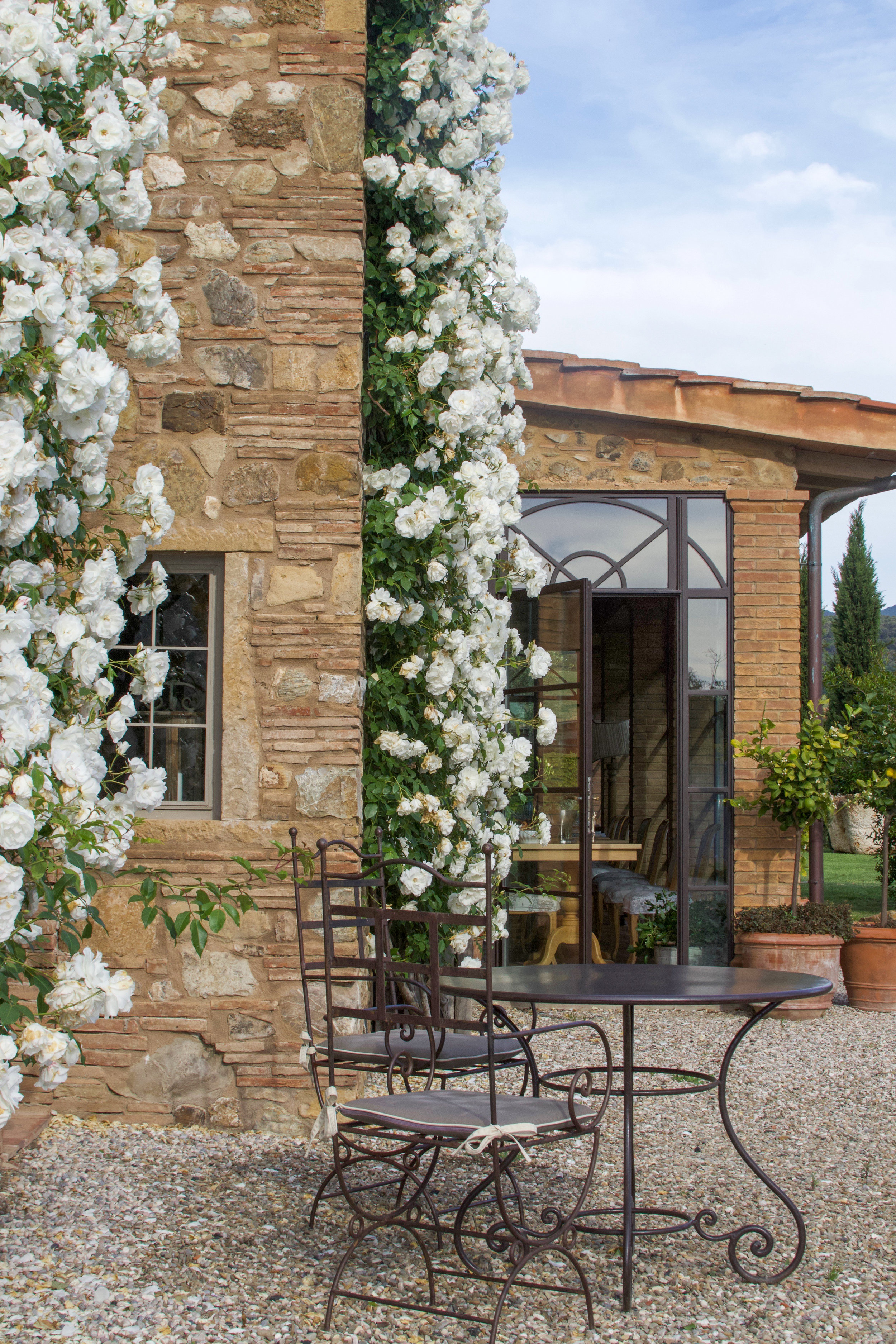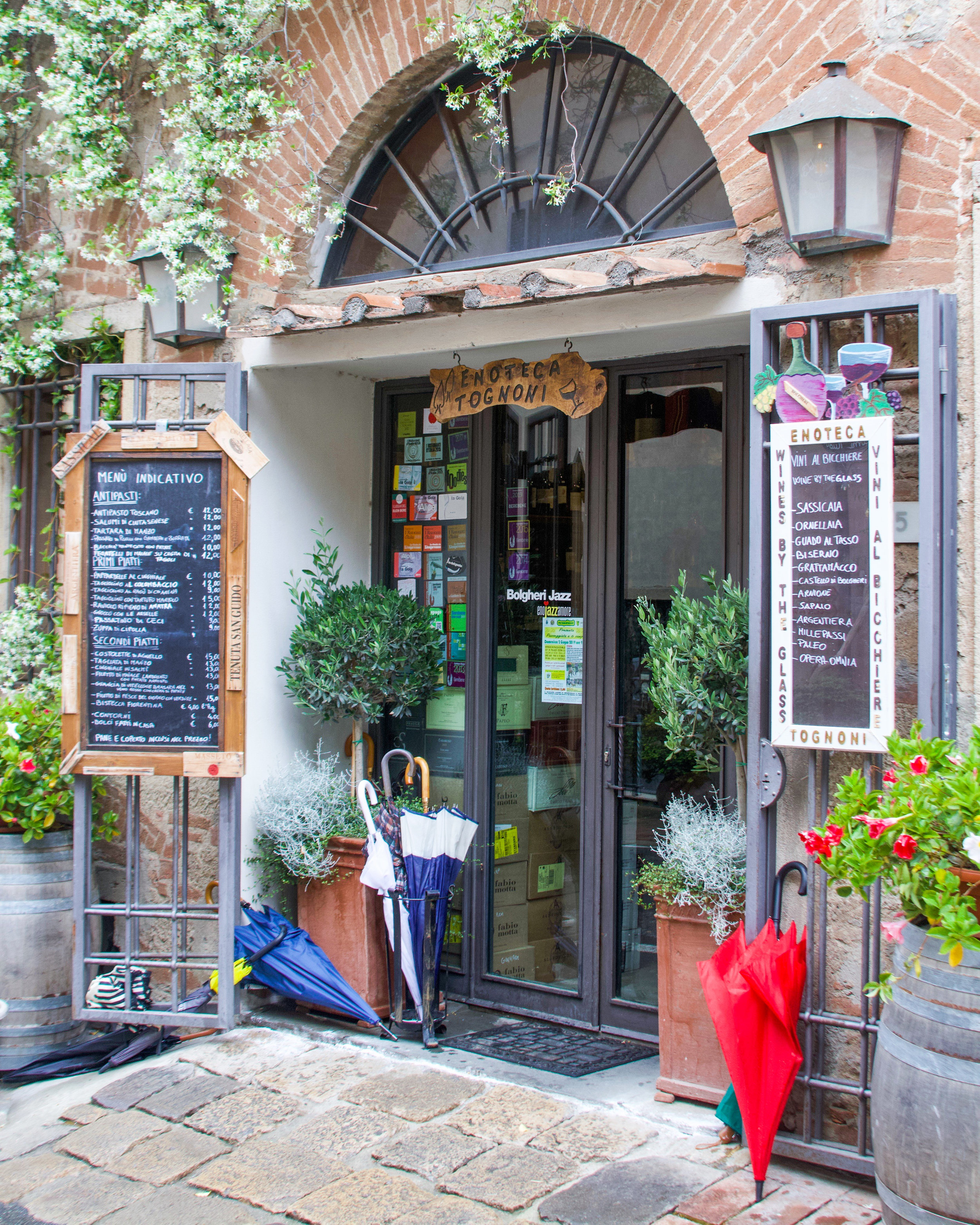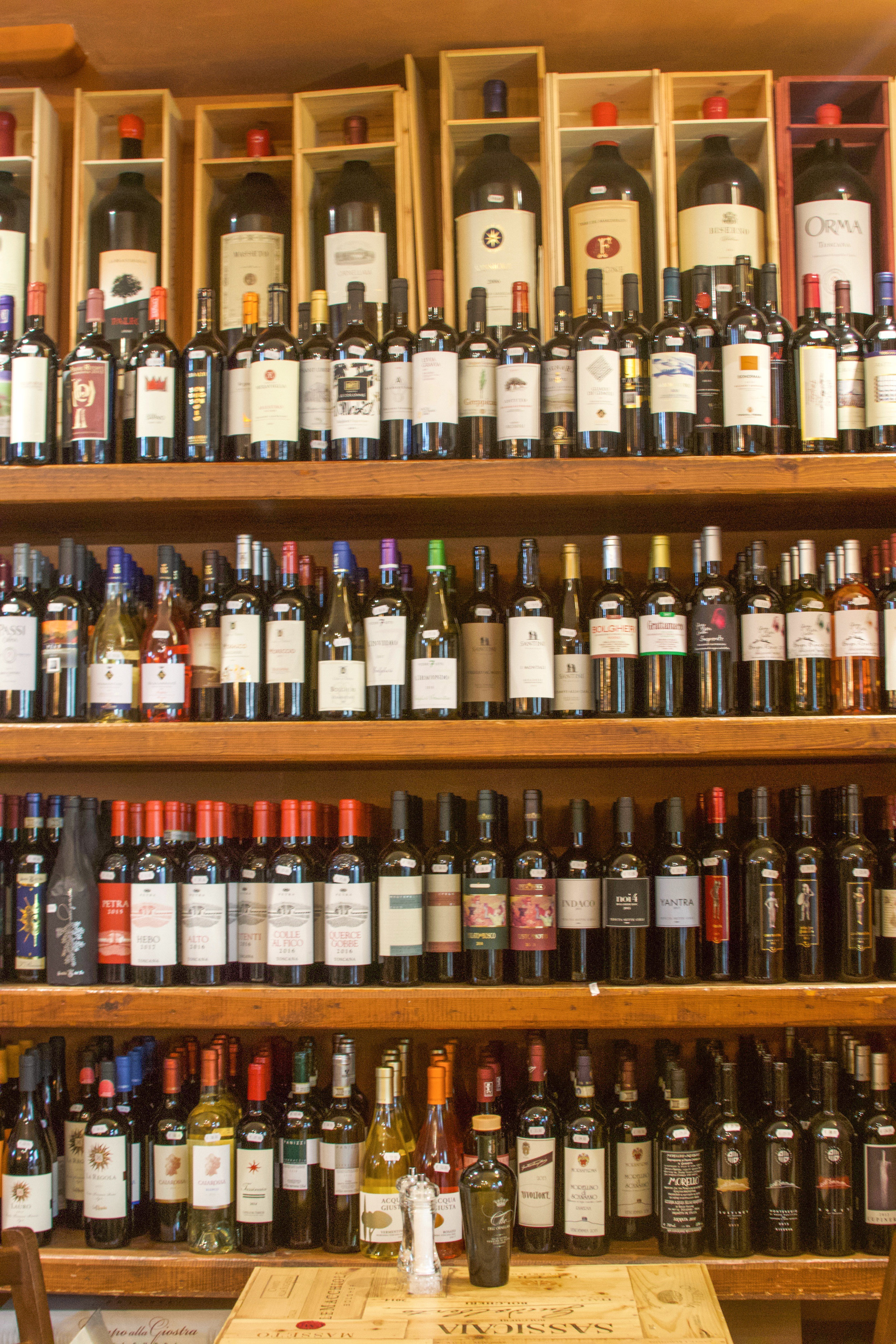Bolgheri: Wine Travel
Bolgheri is located on the coast of Tuscany and a relative newcomer in one of the world's oldest wine countries. This conundrum caused some unusual growing pains for a country with strict wine production rules, but despite all of this, the wines can now speak for themselves.
The History:
In 1990 the entire area consisted of just 275 acres of vines, and there were only five wineries. Tuscany, known for Sangiovese, didn't grow well in this coastal area. In 1940 Mario Incisa della Rocchetta tried Cabernet Franc to great success and named his estate Tenuta San Guido. In 1972 he planted a new vineyard with Cabernet Sauvignon to soften the Cabernet Franc, and it was dubbed Sassicaia.
Fresh from his travels to California in 1981, Lodovico Antinori, purchased some land, and with guidance from his godfather, Mario Incisa della Rocchetta, he founded Tenuta dell' Ornellaia.
Le Macchiole was an original winery founded by the late Eugenio Campolmi in 1983. This winery, now run by his wife Cinzia Merli and their two sons, was the first to produce a single varietal Cabernet Franc. The success of this wine initially labeled IGT due to the original DOC governing rules, encouraged them to add more single varietals to their selection of wines.
Another Bolgheri pioneer, Michele Satta, who once consulted for Ornellaia and Grattamacco, is committed to Sangiovese. He's one of the few who produces a single varietal and uses a higher percentage in his blends. He achieves success with low-density vineyards, which have now been converted to biodynamic practices.
The term "Super-Tuscan" was coined to distinguish these Bordeaux-like blends from the traditional wines of the region, and the history began to unfold. It wasn't until 1994 that Bolgheri was granted DOC status with its own set of rules. In 2011 they amended the rules to allow single varietals wines. So today Bolgheri DOC regulations allow up to 100 per cent of Cabernet Sauvignon, Cabernet Franc and Merlot, up to 50 per cent of Syrah and Sangiovese, and up to 30 per cent of other varieties, for example, Petit Verdot in a blend.
Sassicaia went on to become a 100-point wine in 1985, and again in 2016. Tenuta dell' Ornellaia earned Wine Spectator's Wine of the Year honor in 2001 for the 1998 vintage.
Today, the Bolgheri DOC is limited to under 3,000 acres and has roughly 65 producers. Bibbona, the town just north of Bolgheri, consists of many vineyards as well. However, if these grapes are used, the wine must be classified IGT. Another Italian rule that is trying to be adjusted to include this area, all while the region still awaits its DOCG status.
The Terroir:
The region has a micro-climate where the mountains in the north protect from the cold winds, and in the summer they get cooling breezes from the sea. The closer to the sea, the region is relatively flat.
You can split the terroir into two significant areas: the eastern side and the western side of the Bolgherese Road, with all vineyards being very mineral-rich. The east side consists of a multitude of soils primarily variations of limestone or clay, with some shale interspersed with hard sandstone. The western side very close to the Bolgherese Road consists mainly of red and brown clay and silt soils, while the sandy portions increase closer to the sea.
Winery Visits:
Today Bolgheri is a whose who of Italy's great wine-producing families; Antinori (Guado al Tasso), Frescobaldi (Ornellaia and Masseto), Lodovico Antinori (Biserno), Angelo Gaja (Ca' Marcanda), and Allegrini (Poggio al Tesoro). Bolgheri has also been referred to as "Tuscany's Napa." With many wineries being relatively new, they typically come from families who have made their money in other industries but have a passion for wine. With this, they spare little expense, so you will find estates with the latest equipment, and the quality of the wines can be outstanding.
Top Winery Visits:
Top Wine-filled Lunches:
Osteria San Guido - you aren't able to visit the winery, but this is a wonderful experience to taste the wines. They have the best gnundi pasta over a bolognese sauce - of course, paired with a glass of Sassicaia, how can you go wrong.
Osteria Del Tasso - immersed in the vineyards of Antinori's Guado al Tasso estate, settle back for a fantastic experience. I could easily say these were some of my favorite wines.
Where to Stay:
Although there are grand estates, finding luxury accommodations is a bit lacking. However, there are some beautiful bed and breakfasts to choose from. We stayed at Relais Sant'Elena on the farm of Tenutu Girdini. They produce; wine, olive oil, pasta, and raise sheep, cows, and pigeons. Their restaurant utilizes everything grown on the estate, and it's a delight. You will enjoy a beautiful setting with an abundance of roses, creative outdoor spaces, a pool, and a spa. They also rent villas on the property for larger parties.
Where to Eat:
When there's great wine, usually there's excellent food, and this area was no exception. My two favorite restaurants could not be more polar opposites, but so gratifying in their own way.
La Pineta - this is a white tablecloth seafood restaurant near the Marina. We opted for one of the several tasting menus, and after discussing our tastes, they expertly paired wines with each serving. The table-side service was simply outstanding.
Osteria La Magona - located in the middle of winery row just outside of the walled town of Bolgheri. They make it quite clear that the restaurant specializes in steak by the sign hanging at the entrance: "W LA CICCIA" – meaning Long Live Steak. They are famous for Panzanese steak, which is a cut from the thigh obtained to make a thick, boneless steak. Served medium-rare, it was definitely a beautiful cut, and of course, paired perfectly with the immense selection of Bolgarian wines they offered. Chef, Omar Barsacchi, will go out of his way to make sure you have an enjoyable evening.
A wine mecca in the town of Bolgheri and a must-visit:
Enoteca Tognoni - here you can find just about any Bolgheri wine by the glass, and the best place to buy old vintages at reasonable prices.
Although Bolgheri does not possess the history of the other regions in Tuscany, it can certainly hold its own in terms of the quality of the wine and food. I believe you will find it worthy of a deep dive.



